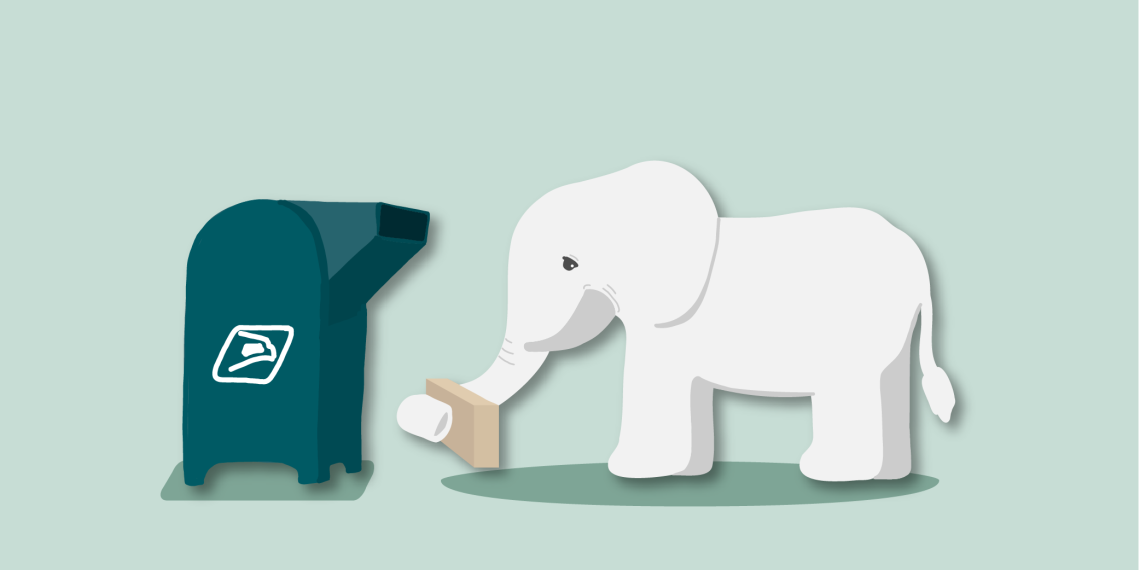he holidays and gift exchange season are fast approaching. And like most years, procrastination is not your friend. Every year I tell myself I’m going to start my holiday shopping and shipping sooner than mid-December. Some years prove more successful than others.
As ecommerce increases, the likelihood that my delivery will be delayed increases. According to Adobe Analytics, online sales increased 7.8% compared to last year. This is straining an already strained merchant supply chain.
What does that mean for a consumer such as me? It means I need to prioritize my gift ordering now or face significantly higher shipping costs for everything arrive to on time for the holidays. It’s not always easy to reprioritize upcoming tasks with the current workload and unforeseen fires to address. However, I know that with my continued procrastination, the future problem will grow. Longer lines, longer shipping times, and possible delays or errors with purchases.
Here are three steps to carve out time now to avoid the woes of the holiday rush:
1. Assess my current projects and obligations to determine what can be intentionally delayed
DO: Evaluate current tasks not yet addressed. Reprioritize those tasks that a later completion date does not significantly impact the outcome or amount of energy needed to address them. Examples include putting up my Christmas Lights, decorating my tree, or cleaning my house.
RESULT: Delaying these tasks frees up time to address projects that will increase in difficulty if I delay them.
2. Prioritize and plan the shopping and shipping project
DO: Prioritize time to plan this project that will save me time and energy in the long run.
RESULT: By organizing the “who,” “what gift” and “where” for each order, I can leverage curbside pickup and plan for deliveries.
BONUS: It will also help me highlight items that will take a longer completion time and I can focus my efforts on those sooner rather than later.
3. Reassess my task and project load each day
DO: Look at my current tasks and potential upcoming challenges.
RESULT: I can target my limited time resources to the appropriate issues and keep my high-priority items on task.
By taking these steps, I can prevent a time-sensitive task from becoming a major time and financial burden. Also, I can save some time and money, while I enjoy meeting the quality expectations of holiday gift giving.
Cindy Spangler
Setting goals is part of human nature, and the beginning of a new year always seems to accelerate it. Senior Value Engineer Cindy Spangler provides a framework for breaking down larger goals into smaller, more manageable steps so you’re set up for success.
The Zero Suicide initiative has been shown to significantly reduce suicides—and working toward zero suicides is our mission. Rachael Jasperson, Zero Suicide program manager, shares the framework for how we strive for this aspirational goal.
Why do some organizations thrive during a crisis while others flounder? Iona Thraen, director of patient safety, joined forces with her ARUP Laboratory colleagues to learn how the world-renowned national reference lab adapted to the pandemic. Leaders created a culture of safety by putting innovation, learning, and patient-centered care at the heart of all their efforts.
